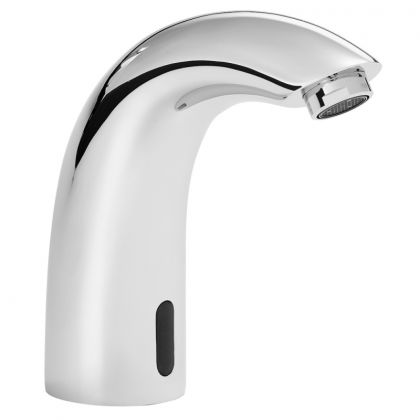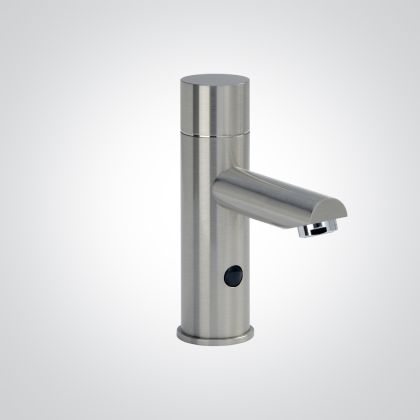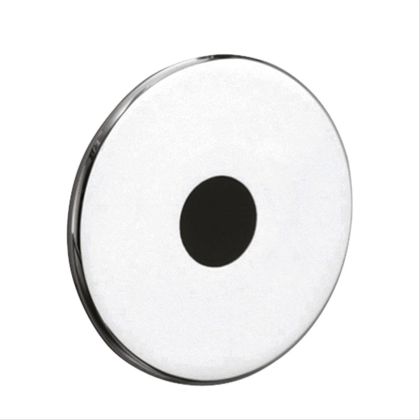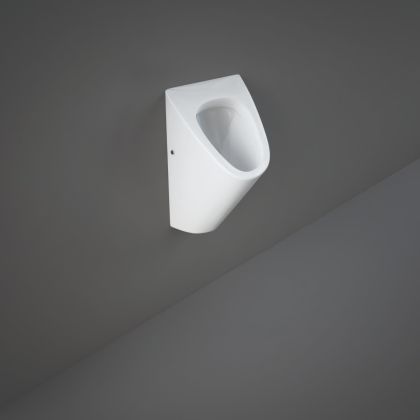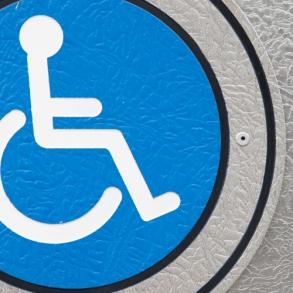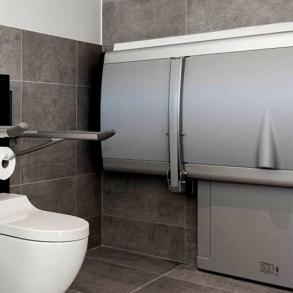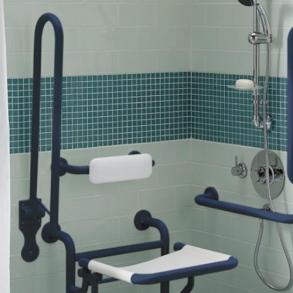Businesses of all sizes are starting to question all aspects of their operation in an effort to reduce their potential negative impact on the environment. From restaurants ditching plastic straws to coffee shops giving discounts to those who bring their own reusable cup, the way we do business is going through some tough changes.
But whether you’re a school, shopping centre, cinema, or restaurant, the washroom is an area you can make some very powerful changes without the need to renovate.
Choose sensor activation
Because sensor taps only flow water for a set period of time, it reduces the amount of water per user and over the course of a year, this can be a significant volume. Sensor flush operators on urinals also only flow after they’ve been used, irradicating the need for unnecessary timed flush cycles. Meanwhile sensor-activated hand dryers not only run for a set period of time, but some models have been developed to use as little electricity as possible, while still delivering maximum output.
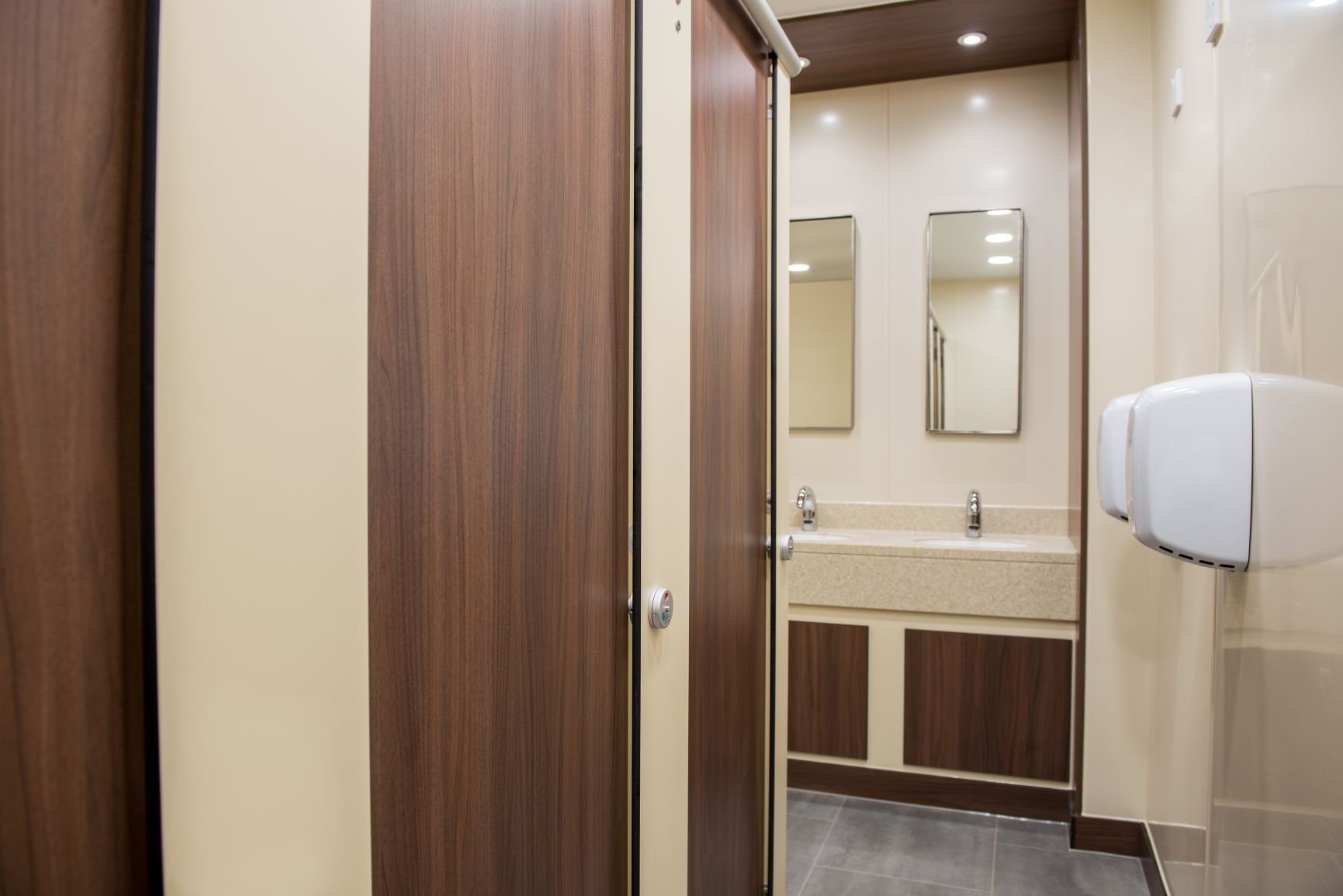
Switching to green energy
Of course, powering all these sensor-activated equipment requires energy, and many electricity supplies are generated from the burning of fossil fuels. However, many businesses are turning to green energy suppliers who invest in sustainable energy sources such as solar and wind farms.
Reducing your water use and bill
As well as restricting water supply via sensor activation, you can also take further measures by installing low volume cisterns or using a cistern displacer. Waterless urinals are also an option and many existing urinals can be converted easily by using a retro-fit waterless urinal kit. This system means that urinals no longer need to be flushed with fresh water. Smells are kept at by via the clever cartridge in the waste outlet and sanitizing is carried out as part of your regular cleaning schedule.

Could you use greywater?
In some environments, the recycling of greywater can be done too. Greywater refers to water that has already been used once but is still fit for secondary uses such as toilet flushing. The system can be complicated to put in place, but essential works by using spent hand wash water to fill toilet cisterns. Some toilets can be found that house a hand basin on the cistern itself, but for larger commercial environments these might not be suitable.
Cutting down on packaging
Packaging can soon mount up in the day to day operations of a washroom. Everything from loo roll to hand soap comes in packaging, but taking action to reduce this is a strong step to saving the environment and money at the same time. Many businesses choose to buy disposable liquid soap pumps from mainstream brands. However, installing refillable soap pumps and buying your liquid soap in bulk can deliver huge financial savings in the long run and cut down significantly on plastic packaging. Loo roll from companies like Who Gives A Crap is shipped in 100% recyclable packaging and no use of plastic. This can be a great, impactful choice for SMEs.
If you'd like to talk about green options for your commercial washroom, get in touch on 01202 650900.


